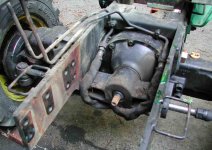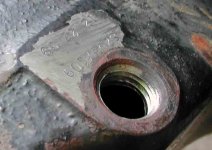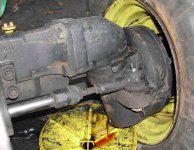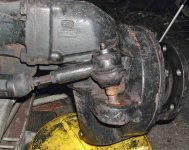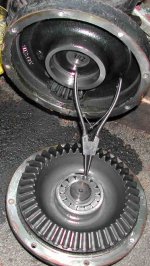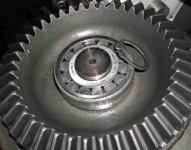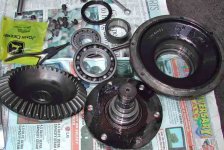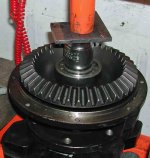mjncad
Super Member
I got around to checking mine out today using an inspection mirror and a flashlight. From what I can see, the intake hose is barely touching the fuel tank; but the fuel overflow hoses are not trapped between the intake hose and the tank. I didn't see any obvious evidence of wear on the hose.
That is definitely one cramped installation. I thought about seeing if there was room above the battery for the air cleaner, and it would be tight; but I'm concerned it would negatively affect cooling air to the radiator and oil cooler.
Moving the air cleaner out from under the hood to a high location may be possible; but the intake hose would have to go through the side panel in some manner, and that would make removing the panel difficult.
I think it would be interesting to try and run a Milwaukee or Rigid flexible camera inspection tool down the hose through the air cleaner and check it that way. The trouble is I don't have one...yet.
Bottom line is this is one thing for 4200 - 4400 owners to keep an eye on.
That is definitely one cramped installation. I thought about seeing if there was room above the battery for the air cleaner, and it would be tight; but I'm concerned it would negatively affect cooling air to the radiator and oil cooler.
Moving the air cleaner out from under the hood to a high location may be possible; but the intake hose would have to go through the side panel in some manner, and that would make removing the panel difficult.
I think it would be interesting to try and run a Milwaukee or Rigid flexible camera inspection tool down the hose through the air cleaner and check it that way. The trouble is I don't have one...yet.
Bottom line is this is one thing for 4200 - 4400 owners to keep an eye on.
